Onboarding with the Predictive Index (PI)
Onboarding with The Predictive Index
Onboarding with the Predictive Index (PI)
Onboarding by product
Additional support
Understanding behavioral data
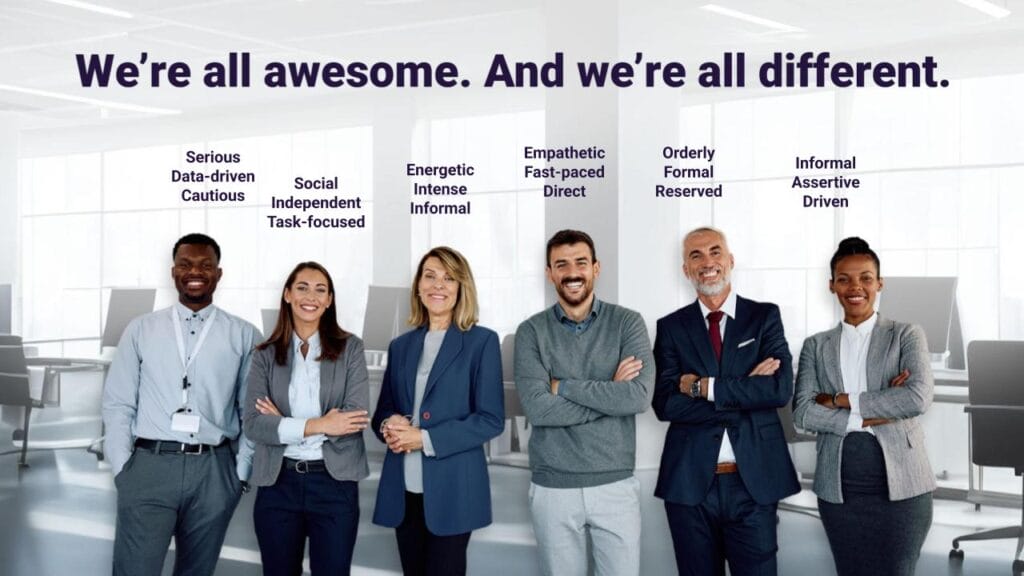
All PI patterns and Reference Profiles are beautiful. There are no right or wrong responses or good or bad results to the Predictive Index Behavioral Assessment™️. We simply use the results to understand how we’re different from (or similar to) our peers so we can find new ways to communicate, collaborate, and support one another. Armed with science-backed insights, employees can support better work relationships.
We all have drives, which create needs. Our behaviors are a response to a need. The Predictive Index Behavioral Assessment™ was specifically designed to measure the amount and intensity of four key behavioral drives (A, B, C, D) and one secondary drive (E) to help predict and understand workplace behavior.

DOMINANCE (A): The drive to exert one’s influence on people or events.

EXTRAVERSION (B): The drive for social interaction with others.

PATIENCE (C): The drive for consistency and stability.

FORMALITY (D): The drive to conform to rules or structure.
By understanding how our behaviors manifest day to day, we can take steps to improve ourselves, our teams, and our organization. We can accommodate people’s needs and improve our teams through more effective communication, improved meetings, conflict resolution, and project collaboration to achieve personal and company goals.
When you know this information about yourself and your colleagues, you possess a great deal of knowledge about what it would be like to work together effectively.
Behavioral Assessment (BA) results
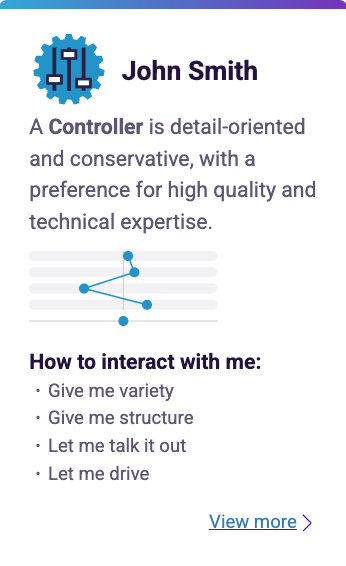
The primary result of the BA, and the engine behind many of the insights you see about a person, is a behavioral pattern. The pattern is made up of Factors and Factor Combinations, which shed light on the amount and intensity key behavioral drives to help predict and understand workplace behavior.
Another output of the BA are Reference Profiles, which provide a shortcut for understanding behaviors and needs that drive people.
Once someone completes their BA, a Snapshot is created. The snapshot provides a summary of the person’s results, including their preferred work style, strengths, and caution areas. You can learn more by reviewing their full Behavioral Report.
What is the Behavioral Pattern?
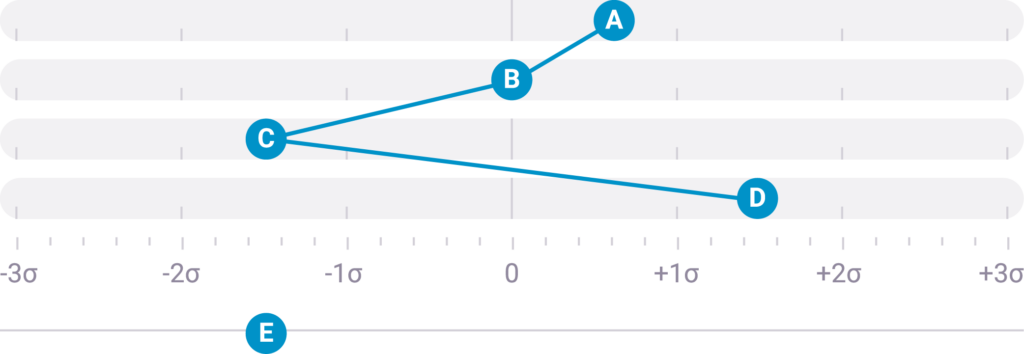
Every individual is wired differently.
Their behavioral makeup dictates how they approach and respond to situations in the workplace. And the more insight you have into those behaviors, the better equipped you are as a colleague, manager, team, or organization.
Let’s explore how certain workplace behaviors commonly show up in the workplace. Below, you’ll see the ways people may respond to certain situations, based on their behavioral drives. Move the sliders left and right to see how the descriptions change as the pattern changes.
The Science behind your Behavioral Assessment results
We take pride in the fact that all our products are rooted in behavioral science. PI Science regularly monitors and improves the assessments that power our flagship products, while enhancing user experience throughout the employee lifecycle.
The behavioral data used to provide valuable insights is generated from Factors, Factor Combinations, Reference Profiles and the Self vs. Self-Concept.
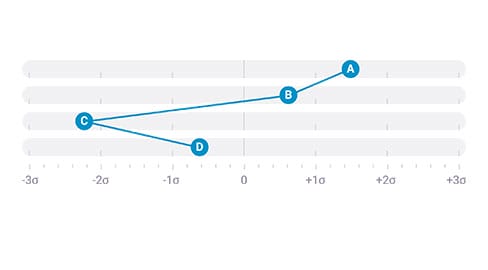
Factors
Your window into how a person prefers to behave.
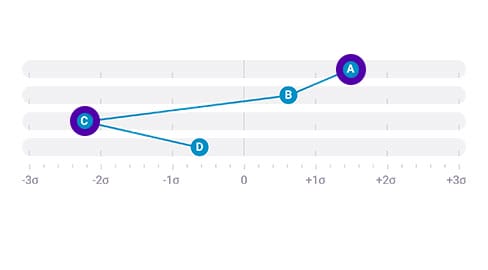
Factor Combinations
How two behavioral drives interact.
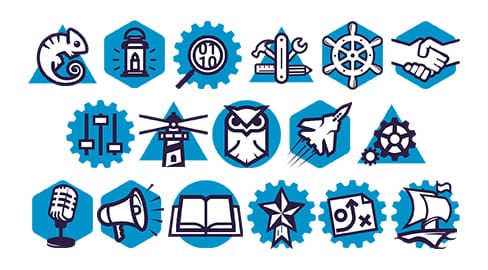
Reference Profiles
A unique persona that describes how you like to work best.

Self and Self-Concept
How you adapt to perceived needs of your environment.
Dig deeper into the Science behind PI
Want to learn even more about the science behind our assessments? Click here to explore topics we are frequently asked about such as fairness and validity.
Attend a workshop
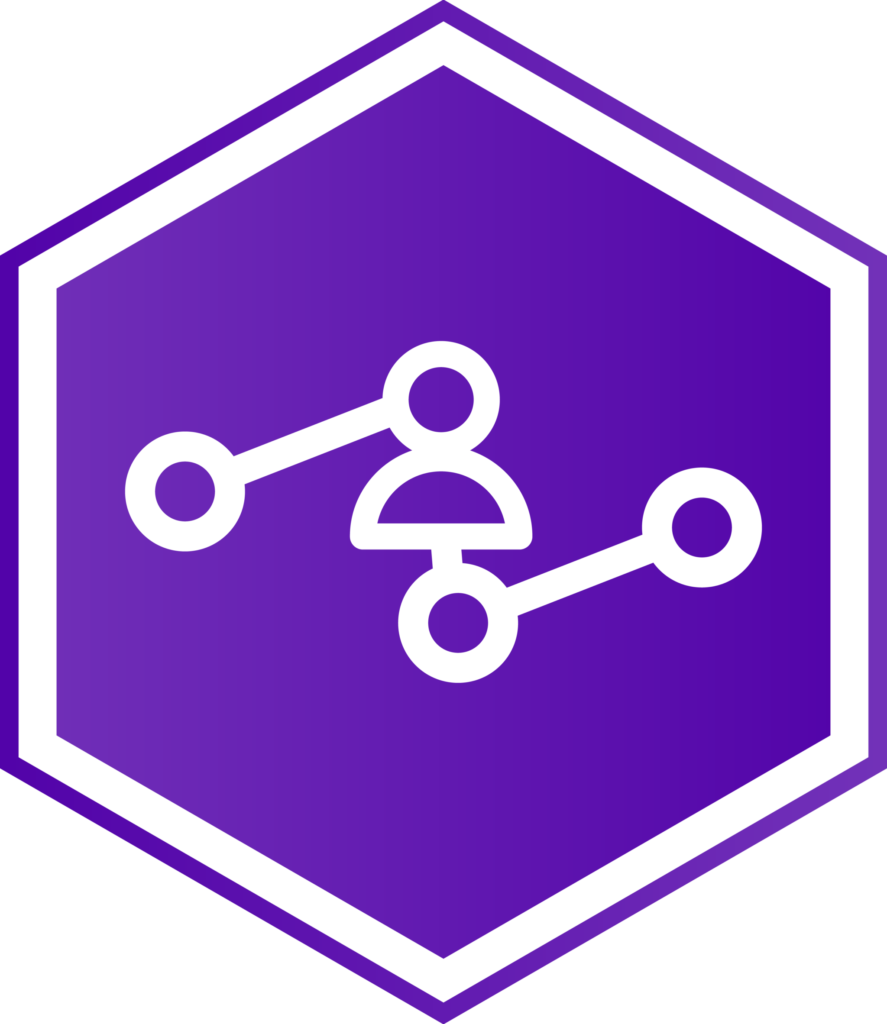
Predictive Index introductory workshop
Our Decode Workplace Behavior with PI workshop teaches the crucial skills of interpreting PI data and applying it to their daily work—for dramatically better results. Attendees will learn:
- How to boost self-awareness across your organization to improve working relationships, productivity, and engagement.
- How to help employees to feel seen and heard, increasing job satisfaction, retention, and overall organizational stability.
- How to use PI to improve performance across your entire organization.